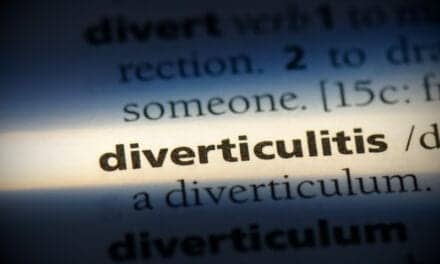An active mesomorphic 42-year-old male presented his family physician with complaints of substernal Level 6 chest pain upon exertion. The patient stated that the pain had grown progressively worse over a 3-year period. The family physician documented an essentially normal physical examination. The patient’s past medical history did not include hypertension, diabetes, hyperlipidemia, or a family history of coronary heart disease; his social history was negative for tobacco/drug use with nominal alcohol consumption. The patient was self-prescribing daily vitamins and ibuprofen for pain. EKG and lipids were normal. Due to the nature of his pain, the patient was referred to a cardiologist for consultation and further cardiac evaluation. The cardiologist examined the patient and ordered a stress thallium, which revealed a small reversible anterior septal and apical defect. At this point, a CT coronary angiogram was ordered for further delineation, and the 64-slice CT image details an interesting scenario. What were the findings and diagnosis?
Findings and Diagnosis
The midportion of the left anterior descending artery transcends into the myocardium and then returns to its normal path. This creates ischemia during systole, causing the chest pain as described by the patient. On this examination, stenosis is approximately 50%. The diagnosis is myocardial bridging.
 |
| Steven M. Strobbe, DO, at the Florida Institute for Advanced Diagnostic Imaging (Port Richey, Fla) ? Image captured via the Aquilion 64 CFX from Toshiba America Medical Systems (Tustin, Calif) with the Vital Images Workstation (Minnetonka, Minn) |





